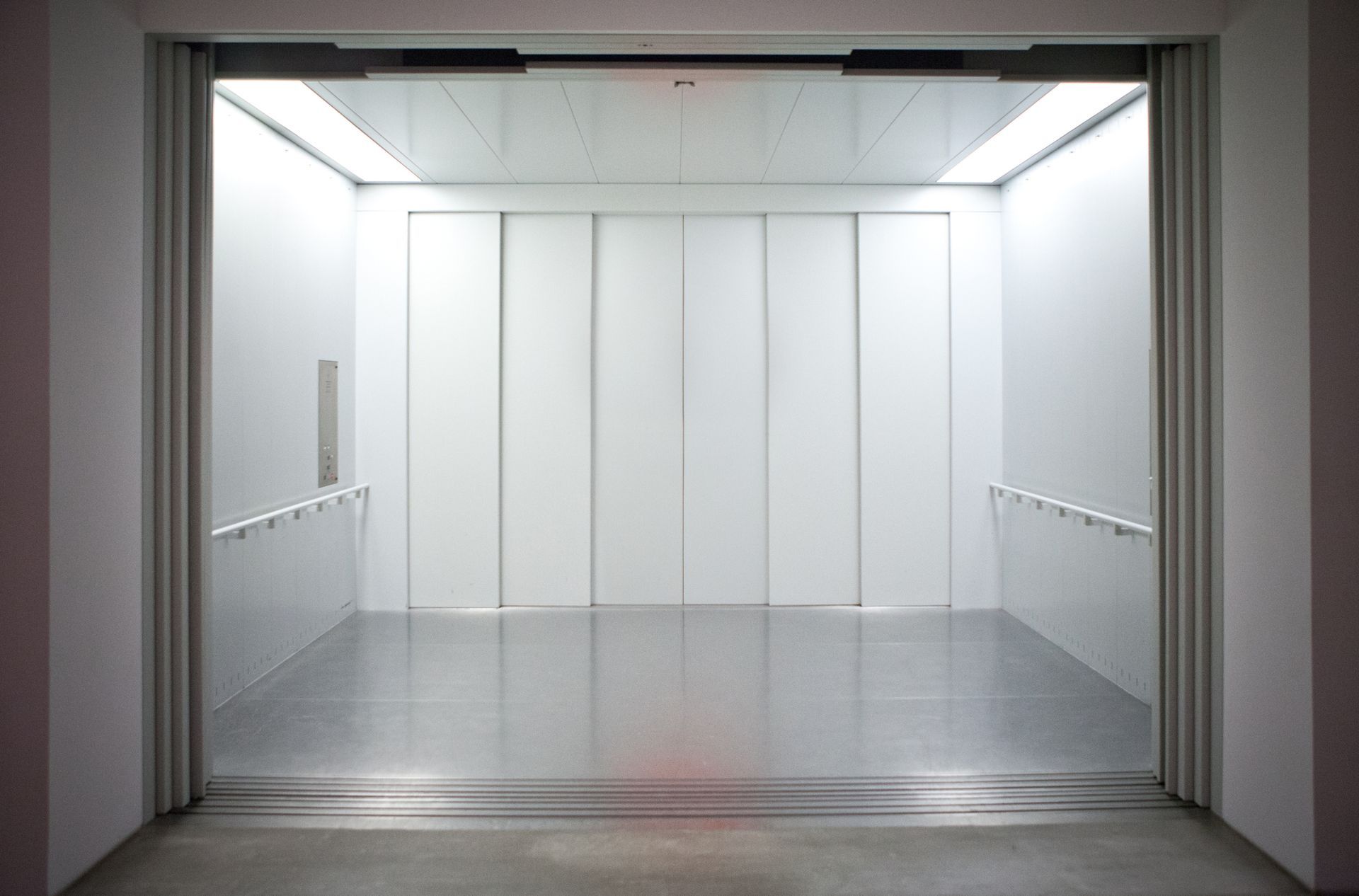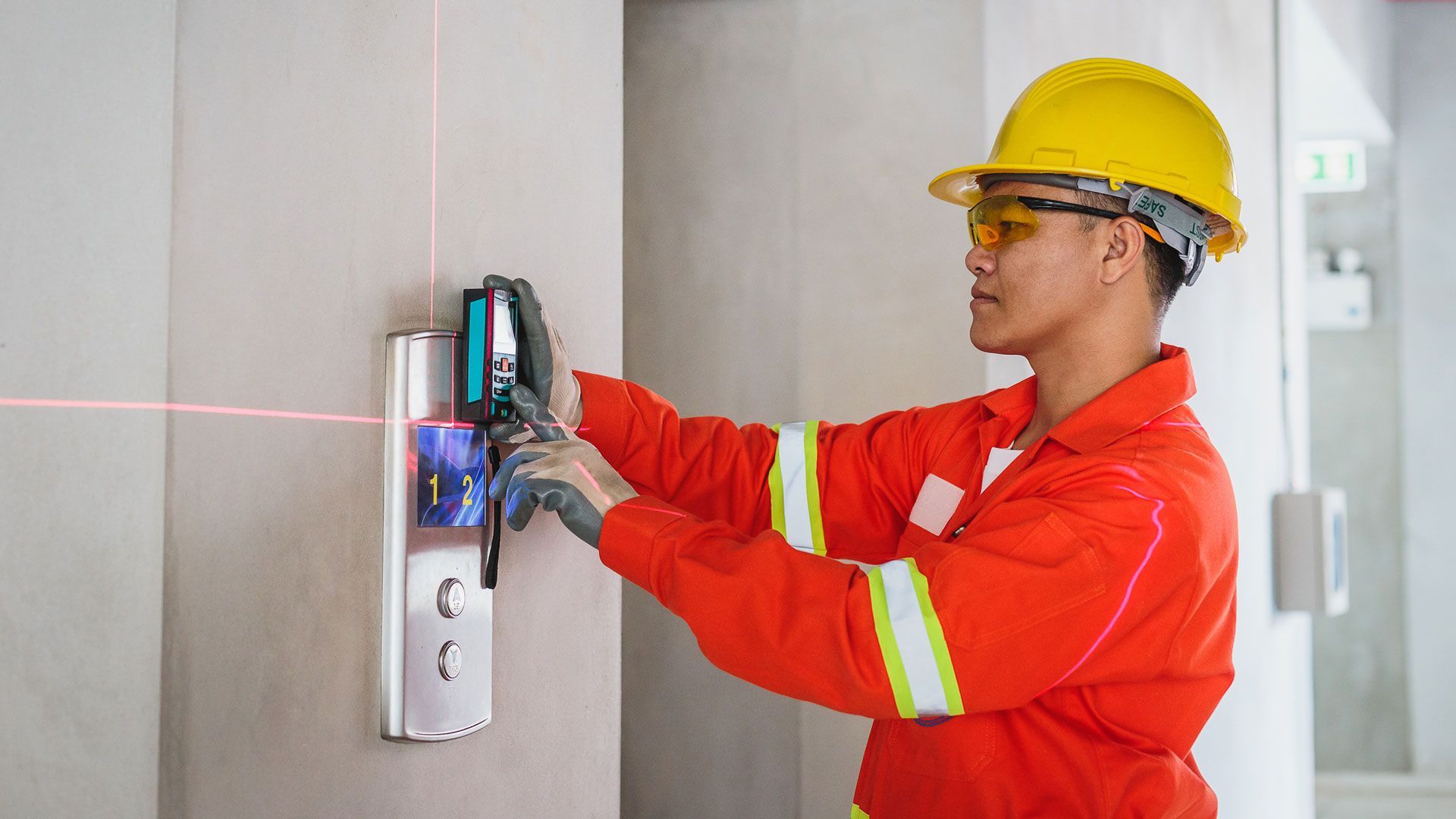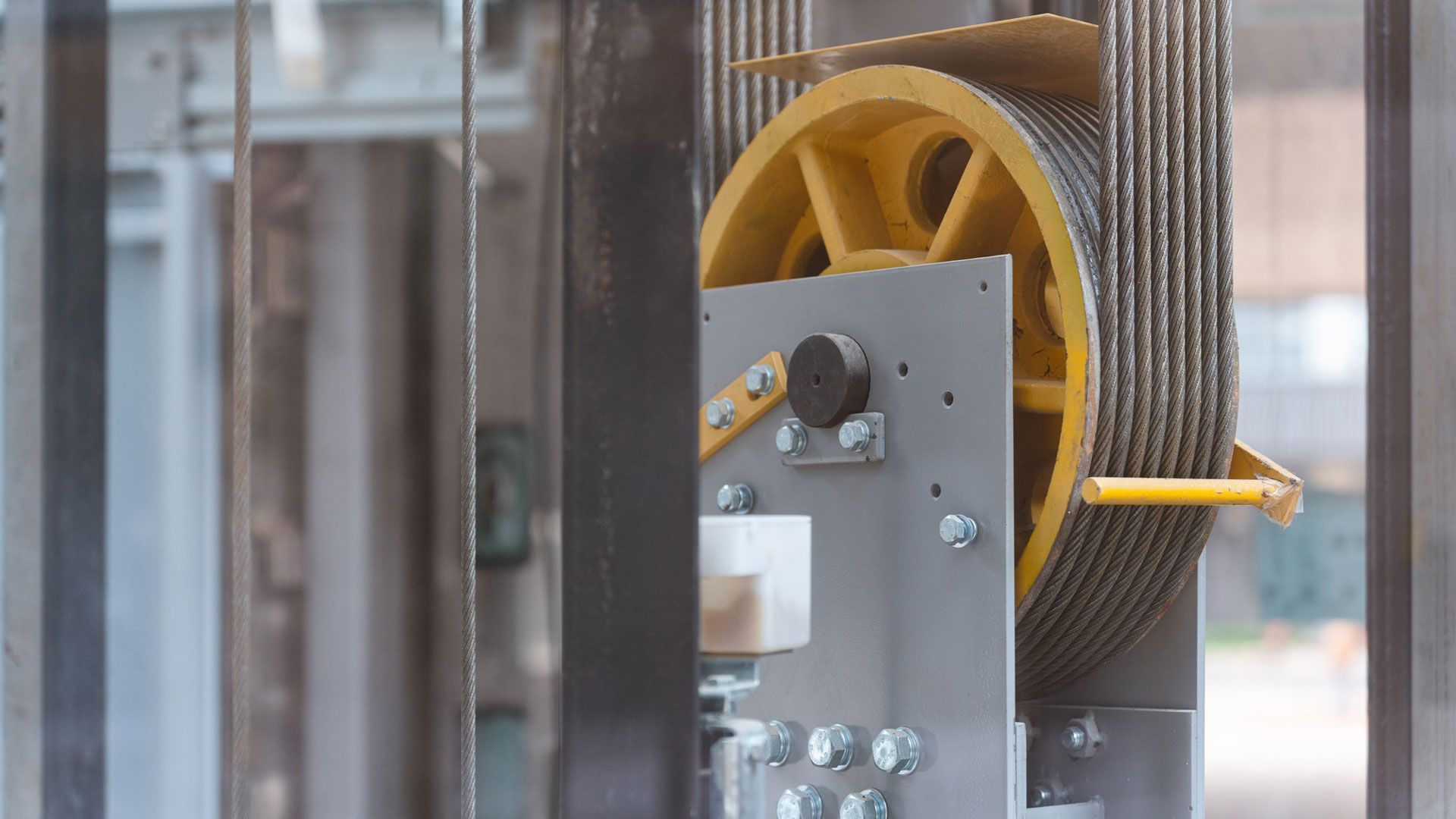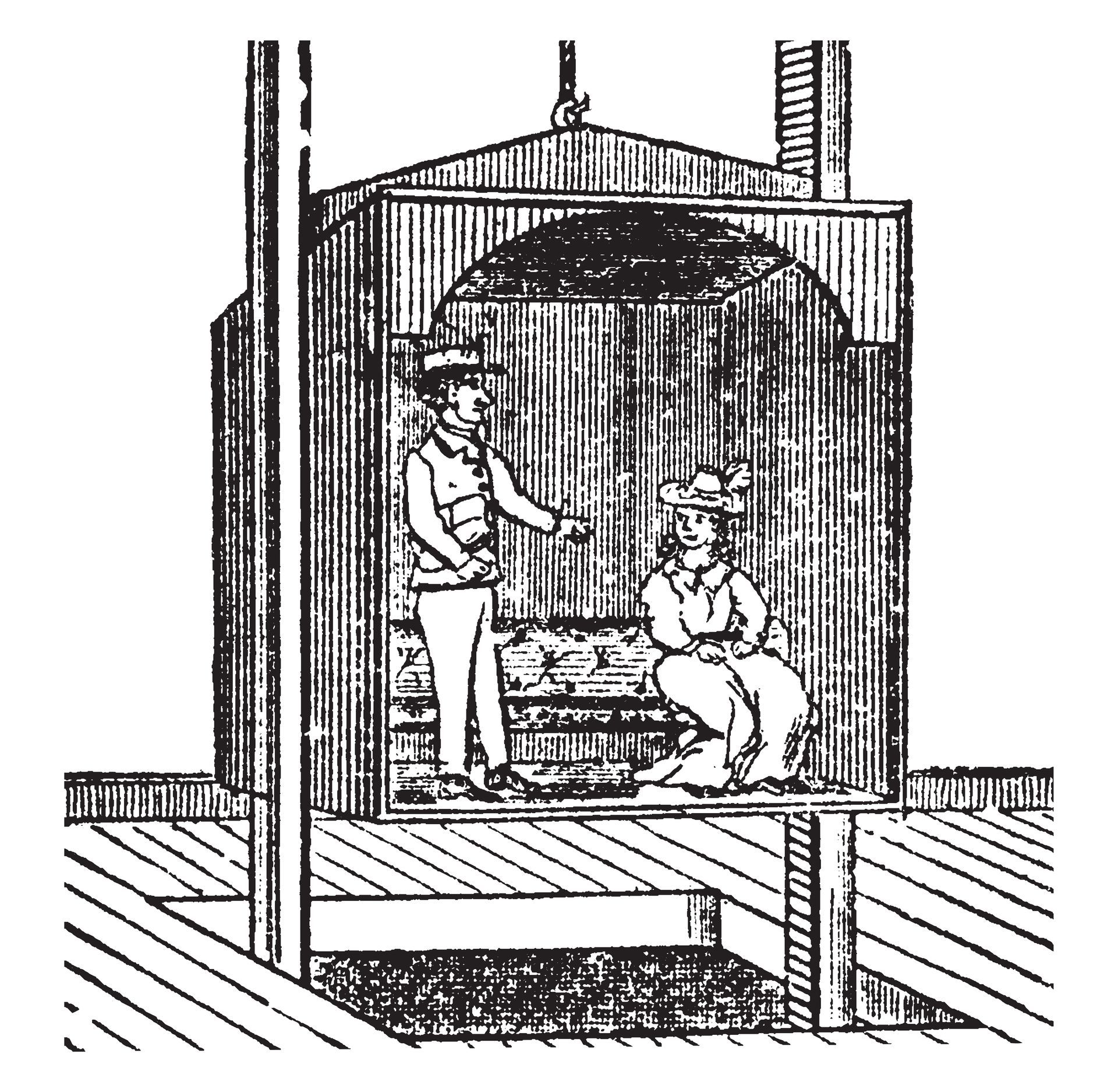Blog

Elevators are an integral part of our daily lives, silently shuttling us up and down buildings without much thought. However, the history and mechanics behind these vertical transportation marvels are fascinating. In this blog post, we'll take a closer look at elevators, from their humble beginnings to their modern-day innovations. The Early Days: Elevators have been around for centuries, albeit in primitive forms. Ancient civilizations like the Egyptians and Greeks used rudimentary systems to lift heavy loads. The earliest documented "elevator" dates back to the Roman Empire when human and animal power were harnessed to lift goods and people. The Industrial Revolution: The 19th century brought significant advancements in elevator technology. Innovators like Elisha Otis revolutionized the industry with the invention of the safety brake in 1852. This breakthrough made elevators safer and paved the way for taller buildings. Skyscrapers and Elevators: The advent of skyscrapers in the late 19th and early 20th centuries created a pressing need for faster and more efficient elevators. Companies like Otis Elevator Company and others responded with innovations like electric elevators and automatic controls. These developments allowed buildings to soar to new heights, changing city skylines forever. Modern Elevators: Today, elevators are marvels of engineering and technology. High-speed elevators can travel at dizzying speeds, and smart elevators use AI and data analytics to optimize performance. Destination dispatch systems efficiently group passengers heading to the same floors, reducing wait times and energy consumption. Sustainability and Green Elevators: As environmental concerns grow, so does the push for greener elevators. Regenerative drives capture and reuse energy during elevator descent, and eco-friendly materials are used in construction to reduce the carbon footprint of elevators. Conclusion: Elevators have come a long way from their humble origins, transforming the way we live and work in tall buildings. From the safety brake to smart technology, these vertical transport systems continue to evolve, shaping the cities of the future. The next time you step into an elevator, take a moment to appreciate the engineering marvel that makes your vertical journey possible.

Elevators are a crucial component of modern buildings, ensuring that people and goods can move efficiently between floors. Whether you're installing a new elevator, modernizing an existing one, or in need of maintenance and repairs, finding the right elevator contractor is of paramount importance. This blog will guide you through the process of selecting a reliable and qualified elevator contractor for your project. Determine Your Project Needs Before embarking on your search for an elevator contractor, it's essential to clarify your project's specific requirements. Consider the following: New Installation: Are you building a new structure and need a new elevator installed? Modernization: Is your existing elevator system outdated and in need of upgrades to meet current safety and efficiency standards? Repairs and Maintenance: Are you looking for routine maintenance or repairs for an existing elevator? Understanding your project's scope will help you communicate your needs effectively when consulting with contractors. Research Elevator Contractors Start your search for elevator contractors by conducting thorough research. You can employ the following strategies: Ask for Recommendations: Seek referrals from colleagues, friends, or other building owners who have had elevator work done. Online Search: Use search engines and professional directories to find elevator contractors in your area. Industry Associations: Consult industry associations like the National Association of Elevator Contractors (NAEC) to find reputable contractors. Verify Credentials and Licensing Once you've identified potential contractors, the next step is to verify their credentials and ensure they are properly licensed and certified. Elevator contractors should have the following qualifications: Appropriate Licensing: Ensure the contractor holds the necessary licenses and certifications required by local and state authorities. Insurance: Confirm that the contractor has adequate liability insurance to cover any accidents or damages during the project. Experience: Check the contractor's experience in elevator installation, modernization, and maintenance, as well as their portfolio of completed projects. Request and Evaluate Quotes Request detailed quotes from multiple elevator contractors. The quotes should include a breakdown of costs, project timeline, and a list of materials and equipment to be used. Be sure to compare these quotes, but don't automatically go with the lowest bidder. Consider the quality of materials and workmanship in your evaluation. Check References Ask the elevator contractor for a list of references, and contact these past clients to inquire about their experiences. Questions to consider include: Did the project stay within the budget? Was the project completed on time? How was the quality of work? Were there any issues or disputes, and if so, how were they resolved? Gaining insights from previous clients can provide valuable information about the contractor's reliability and professionalism. Visit Ongoing or Completed Projects If possible, visit projects the contractor is currently working on or has completed recently. This will give you a firsthand look at the quality of their work, their attention to detail, and how they manage their projects. Assess Communication and Customer Service Effective communication and customer service are vital aspects of any successful elevator project. Ensure that the contractor is responsive to your inquiries and that they listen to your needs and concerns. Sign a Detailed Contract Once you've selected a contractor, it's crucial to have a comprehensive contract in place. The contract should outline project details, costs, payment schedules, project timeline, warranty, and dispute resolution procedures. Conclusion Finding the right elevator contractor is essential for the success of your elevator project. By following these steps, you can make an informed decision and select a contractor who is qualified, reliable, and committed to delivering a safe and efficient elevator system for your building. Remember that investing time and effort in the selection process will pay off in the long run with a smooth and successful project.

Elevators have become an essential part of our daily lives, enabling vertical mobility in tall buildings and providing convenience to millions of people around the world. However, while we often take these mechanical marvels for granted, their reliability and safety depend on one critical factor – elevator maintenance. In this blog post, we'll explore the importance of elevator maintenance and why it should never be overlooked. 1. Safety First The primary and most crucial reason for elevator maintenance is safety. Elevators transport people and goods up and down buildings, and any malfunction can lead to potentially life-threatening situations. Regular maintenance ensures that all safety systems are in optimal working condition, such as emergency brakes, over-speed governors, and fire safety features. By keeping these systems in check, elevator maintenance minimizes the risk of accidents, breakdowns, and injuries. 2. Legal Requirements Elevator maintenance isn't just a good practice; it's often a legal requirement. Many countries and local authorities have strict regulations in place to ensure that elevators are maintained to specific standards. Failure to comply with these regulations can result in hefty fines or even the shutdown of the elevator. Keeping up with maintenance not only ensures safety but also ensures compliance with the law. 3. Prolonging Lifespan Elevators are substantial investments, and their replacement can be expensive. Regular maintenance can significantly extend the lifespan of an elevator. Well-maintained elevators not only operate more efficiently but also have a longer functional life, reducing the need for costly replacements. By addressing issues early on, maintenance prevents small problems from developing into major, expensive repairs. 4. Enhanced Performance Imagine the frustration of waiting for an elevator that takes an eternity to arrive, only to experience a jerky, uncomfortable ride. Regular maintenance keeps elevators running smoothly and efficiently. This means faster response times, smoother acceleration and deceleration, and fewer disruptions. A well-maintained elevator enhances the overall experience for users and contributes to a building's reputation. 5. Energy Efficiency In today's world, energy efficiency is a key concern. Elevators are known for consuming a significant amount of energy in buildings. Regular maintenance ensures that all mechanical and electrical components are working at their best, reducing energy consumption. By optimizing the elevator's performance, building owners can lower their energy bills and reduce their environmental footprint. 6. Cost Savings Neglecting elevator maintenance may lead to unexpected breakdowns and costly repairs. Emergency repairs, downtime, and replacement parts can add up quickly, creating financial strain for building owners. On the other hand, preventive maintenance, which is usually less expensive, can identify and address issues before they become major problems. This approach saves money in the long run and preserves the financial health of the building's budget. Conclusion Elevator maintenance is not just an optional service; it's a fundamental necessity for the safety, reliability, and efficiency of any building with an elevator. It ensures that elevators function correctly, comply with regulations, last longer, and save money in the process. Neglecting maintenance can result in accidents, legal troubles, inconvenience, and increased costs. Elevators make our vertical world possible, and maintaining them is our responsibility to ensure a safe and smooth ride.

